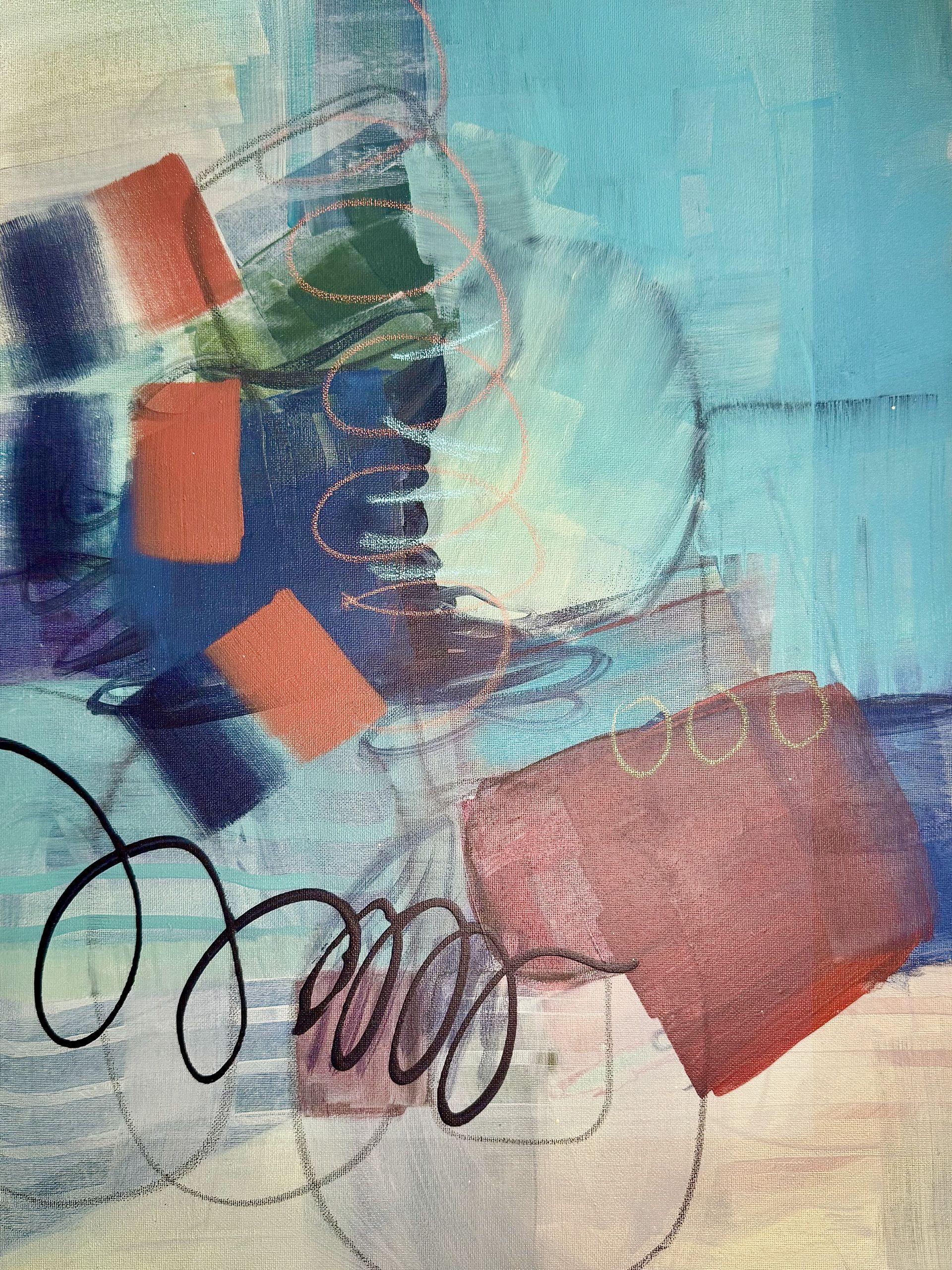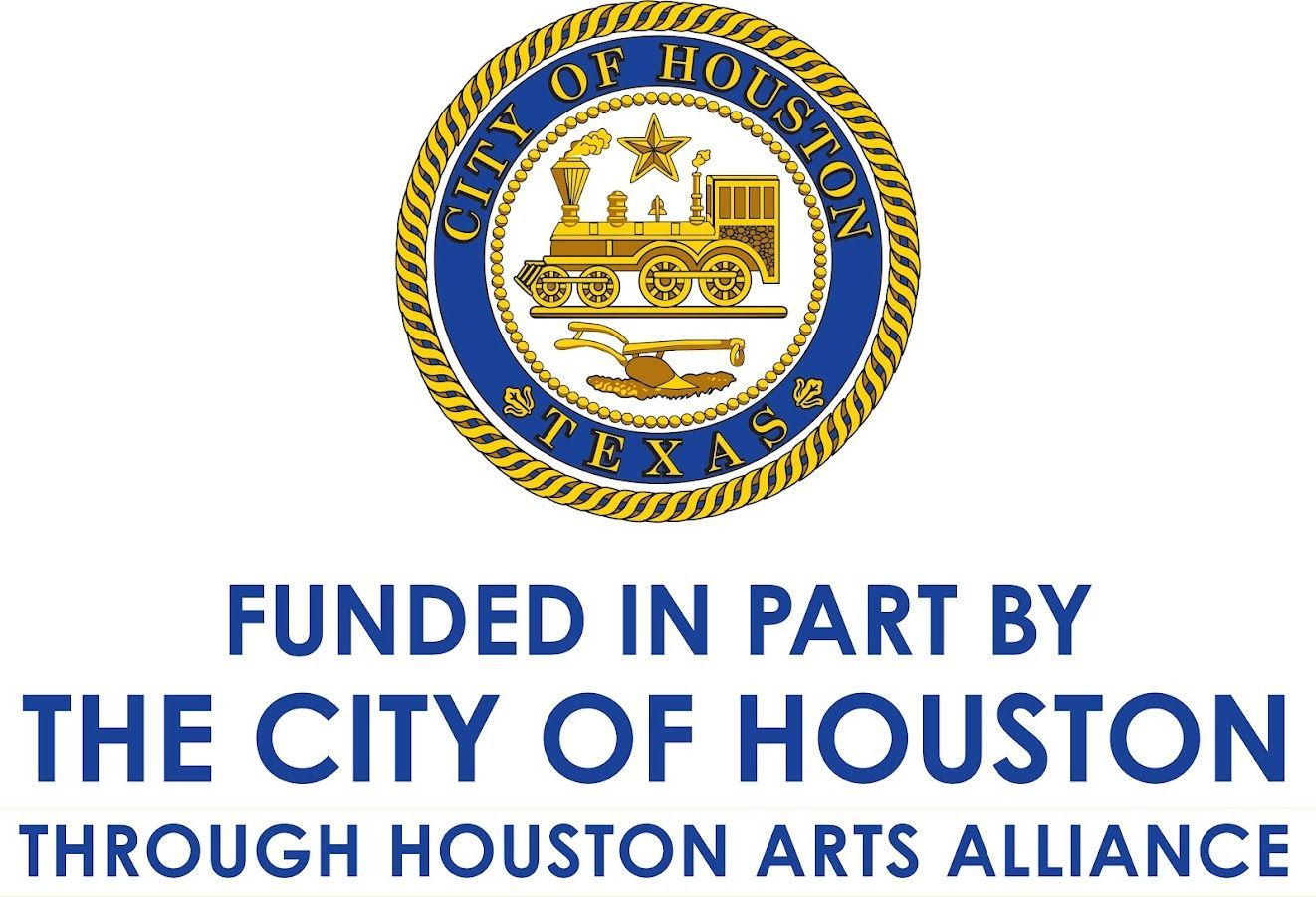Attention and Rest
Three times a year, The Jung Center’s Mission Service Committee sits down to explore how the complex world in which we live continually calls us to greater self-awareness. By asking ourselves what the uncertainties and conflicts of life awaken in us, we seek to discover ways of supporting our community in becoming conscious creatures. How do we reconnect with our deeper selves and allow ourselves to feel our deepest needs; how do we relate to others without compromising our uniqueness; how do we show up in and for our communities, bringing our individual best to the aid of the collective – all while the world changes rapidly around, in, and through us? There’s never a right answer that suits everyone, nor is there an answer that can defeat, once-and-for-all, the uncertainties we feel. But we can discover ways to move with the complex rhythms of life – the next little steps we can take, individually and together – as we grapple with these big questions.
Last fall, the Mission Service Committee met to talk about the “attention economy,” a phrase coined by psychologist and economist Herbert A. Simon in his 1971 book, Designing Organizations for an Information-Rich World. Ever since the development of the first electronic computers began in the early 1940s, there was a dual push to expand the new calculating technology further – pushes that continue to affect technological development to this day. On the one hand, we wanted more and faster calculations, which required making the internal workings of the individual computer more efficient. On the other, we wanted to connect one computer to another, and to share information between them.
This second trend led, in 1969, to the development of the US Department of Defense’s ARPANET, the first computer network. Aspects of the technology for ARPANET were eventually repurposed to create the internet we all use today. With this, the advent of computer networking, we suddenly realized that there was far more information available to us than the human creature was capable of processing. Where before the problem was a scarcity of information, we now had too much information. As Herbert A. Simon put it, “[in] an information-rich world, the wealth of information means a dearth of something else: a scarcity of whatever it is that information consumes. What information consumes is rather obvious: it consumes the attention of its recipients. Hence a wealth of information creates a poverty of attention and a need to allocate that attention efficiently among the overabundance of information sources that might consume it.”
C.G. Jung wrote about attention, too – the same attention that, according to Simon, receives and is consumed by information – and described its importance as a psychic phenomenon. “Without this concentration of attention,” Jung writes, “one could not be conscious at all.” In his early experiments with the Word Association test, and later in The Structure and Dynamics of the Psyche , Jung demonstrated that attention and association were complementary opposites. Attention gathers certain images or sense objects close to the ego and ensures their consciousness, and excludes images that the ego deems unnecessary. Association unpredictably brings images or sense objects into relationship with each other, revealing an unconscious connection between them that can be altogether surprising to our conscious minds. He showed that strong attention can slow down or even completely repress our ability to make associations, and that prolonged attention causes us to become physically exhausted.
When we’re “paying attention,” by definition, our minds are not wandering, and a wandering mind is necessary for making associations. But if, in the course of our focus, we have or experience one of these unpredictable associations, our attention suddenly becomes scattered. In The Structure and Dynamics of the Psyche , Jung describes consciousness as an army and attention as its general. Attention formulates our objectives, determines our course of action, and commands our consciousness to move in that direction.
Today, with technology having developed to the point that we can hold a network far more vast than ARPANET in the palm of our hands, and with a world population that has only just recently crossed the 8 billion mark, we’ve entered into the very psychic landscape that the early designers of information systems were trying to avoid. Though social media makes efforts to control content so that their users are not too overwhelmed with the information available to them, we have access to many such streams of information, and billions of people are contributing to those streams. One way that these technologies have attempted to control the flow of information is through the use of algorithms : programs that watch how we interact with content, and gather similar content for us to interact with.
Without our being completely aware of it, this stream of content or information acts like any other image, forcing us into paying attention to it. Attention, which is commonly viewed as one of the psychic phenomena that we have some degree of control over, is taken out of our control by the content we are connected to, via the advanced technology we have at our fingertips. And with the added influence of the algorithm, our attention is ever pulled on to the next bit of content, to the next batch of information. As long as we are looking at our device, we are being forced into paying attention, and, most likely, we will find ourselves sucked into a never-ending flow of information.
Sometimes, it can take a massive effort to pull ourselves out of the cycle. Studies show that the heightened accessibility to the attention of others leads to the same dopamine responses we have when we experience a positive social interaction offline – the chemical boost from the collective that keeps us coming back for more support from that collective. Being connected as we are to millions through the networks in our pockets – and aided by the ability to edit and curate our personae before we show them to others – we have easy access to an incredibly powerful tool for self-soothing. But the amount of people we touch is directly related to the amount and frequency of dopamine released. Up until the world was connected via the internet, we were creatures that received triggers to release dopamine from relatively small social groups. Those interactions, those triggers, were precious gifts. Now, with the entire world in our pocket, we are pushing the chemical limits to which humanity had formerly adapted itself.
Like other addictions, the pursuit of satisfying the chemical loop can completely reorganize our lives. The Mission Service Committee shared stories of friendships shaken, damaged, and even completely, sometimes tragically lost to the unpredictable, attention-grabbing magic that comes from our increased connectivity. Like Goethe’s apprentice sorcerer, we’ve stepped willingly into a dynamic whose energies may tax our ability to control them to its breaking point. Our bodies and our relationships have become the battlegrounds for the fight between the attention-consuming virtuality in our pockets and the association-forming virtuality of the psyche, of the imagination.
If paying attention is exhausting, the soothing balm that this unprecedented situation calls for is actually the same as in all other cases of exhaustion. We need to rest. Rest, however, is not here a collapse or defeat, or even much of a retreat. It comes with its own challenges, not the least of which is finding a way to disengage with our connective technology. Remember, with Jung, that when conscious attention relaxes, unconscious association takes over. Once we set our devices down, and disconnect from the images that others have created for us, we are delivered over to another stream of images. These new images are our own, created by the innate wisdom of the unconscious, and meant to help us bridge the ever-present gap in our understanding of the individual we are and the individual that the beating heart of the world is creating in us.
This summer, The Jung Center will explore both of these powers – attention, and rest. The Mind, Body, Spirit Institute will provide intentional spaces and instruction supporting our recognizing where our attention goes, and to return it to our bodies where it was born. A Feldenkrais workshop will even help us find relief for the parts of our body most affected by the quirks of using our connective technology. The experiential and expressive arts workshops of Creating Your Life will help us recognize our habits around technology, remind us that we have a say in how we apply our attention, and bring to life the images that flow to us when we discard the ones that others have made for us. We are planning to resume our annual summer conference, The Boundaries of the Imagination , under the auspices of the McMillan Institute for Jungian Studies. Over the course of a weekend, those interested can gather both to explore the archetypal dimensions of our attention-hungry age, and to intentionally enter into the inner flow of images through active imagination, writing, movement, and rest. The Community for Conscious Aging will provide free educational experiences geared towards discovering and sharing with future generations the unique wisdom that develops as elders continually search for their true story in a sea of the stories of their ancestors. For those of us that are called to care for others, our Tending the Fire professional workshops will explore how having room for rest, and freedom to locate and relocate our attention, are essential for developing and maintaining sustainability in the work of attending to the suffering of others.
Something paradoxical and magical happens when we do the hard work of learning to rest and relax our attention. Jung describes this magical procedure in Mysterium Coniunctionis. He demonstrates how the alchemists understood that, as we do the painstaking work of separating from the images that others have created for us – of creating a vessel and filling it with what is truly our own – something else happens. The spontaneous images produced for us in dreams begin to attract the attention of the conscious mind. Resting our attention never meant the annihilation of attention: it means the transformation of attention into something more humble, something that wants to pay attention to the associative flow of images, however uncontrollably and inconsistently that flow manifests itself, and at the expense of easily acquiring that next dopamine boost. In this state, where attention and association are held and brought together, the work of the psyche is both completed and never-ending. Developing a love for our inner images, and an attitude that wants to approach them, is the subtle goal of the long and difficult process of becoming who we really are.
Learning to love ourselves, including our images, is the whole point of being self-aware, and becomes the basis on which we learn how to love others, and how to show up and care for our communities. It all starts with rest, but where it may lead is completely up for us to imagine, together.
by Michael Craig, Director of Curriculum | mcraig@junghouston.org
The post Attention and Rest appeared first on The Jung Center of Houston, Texas.






